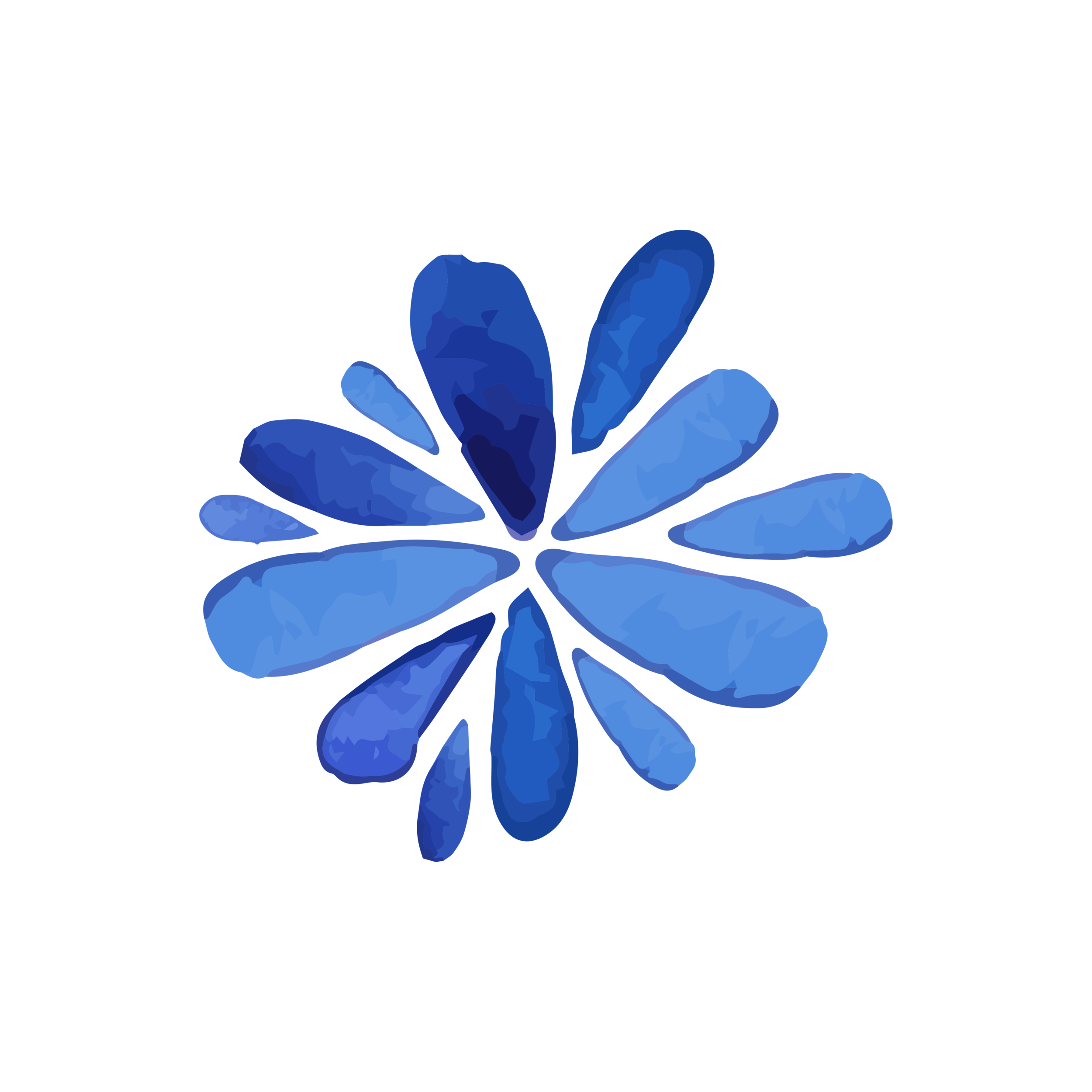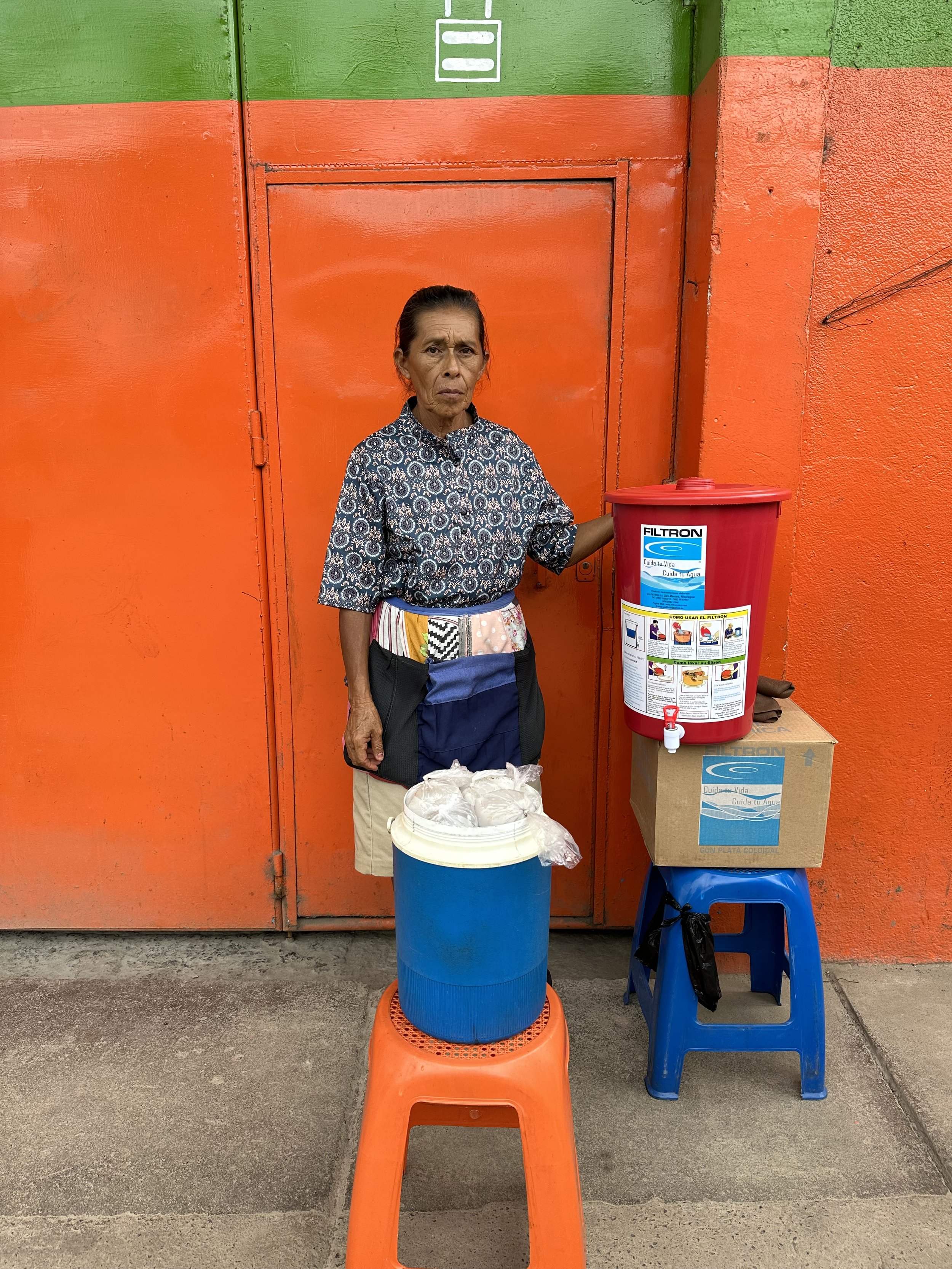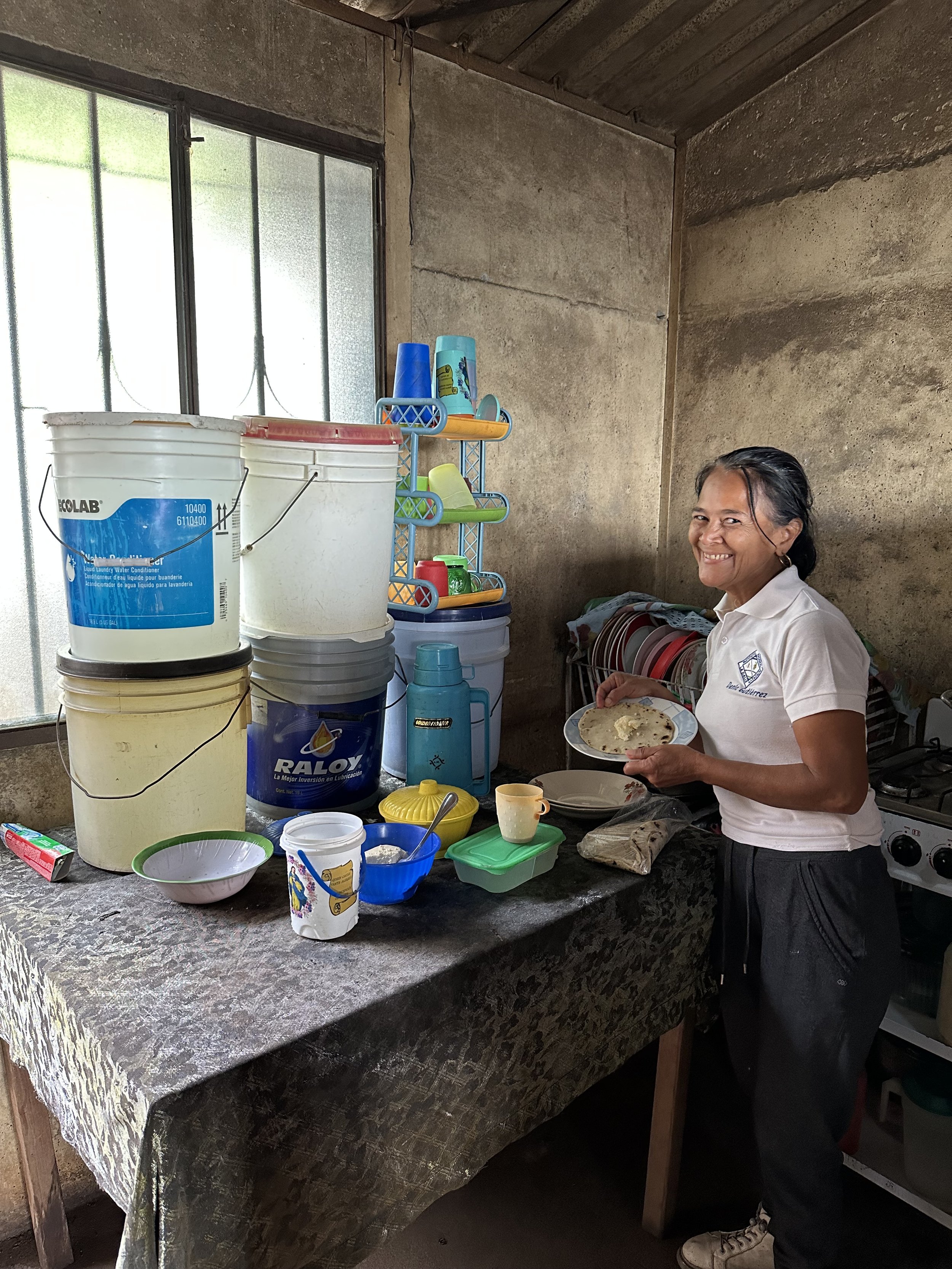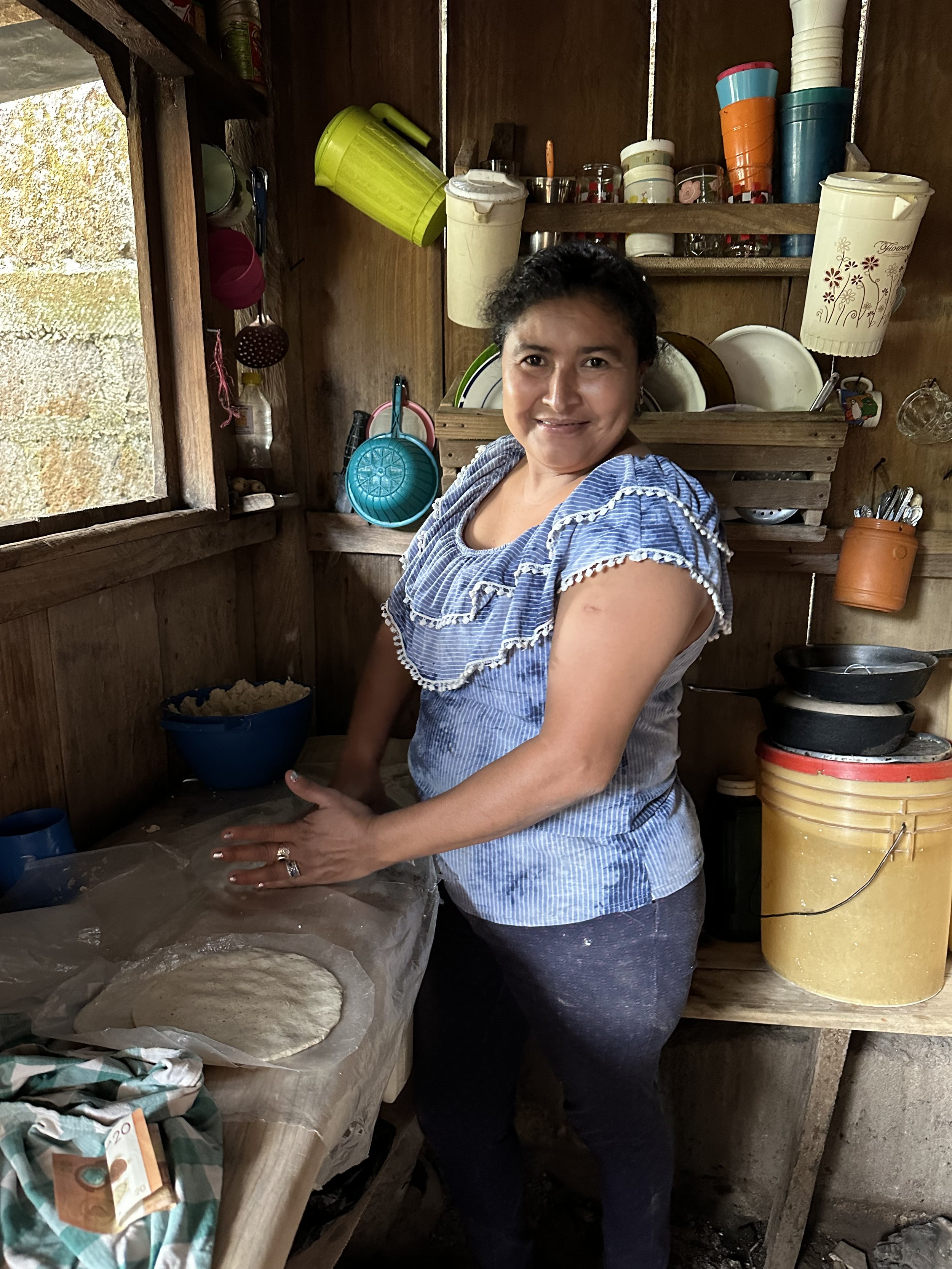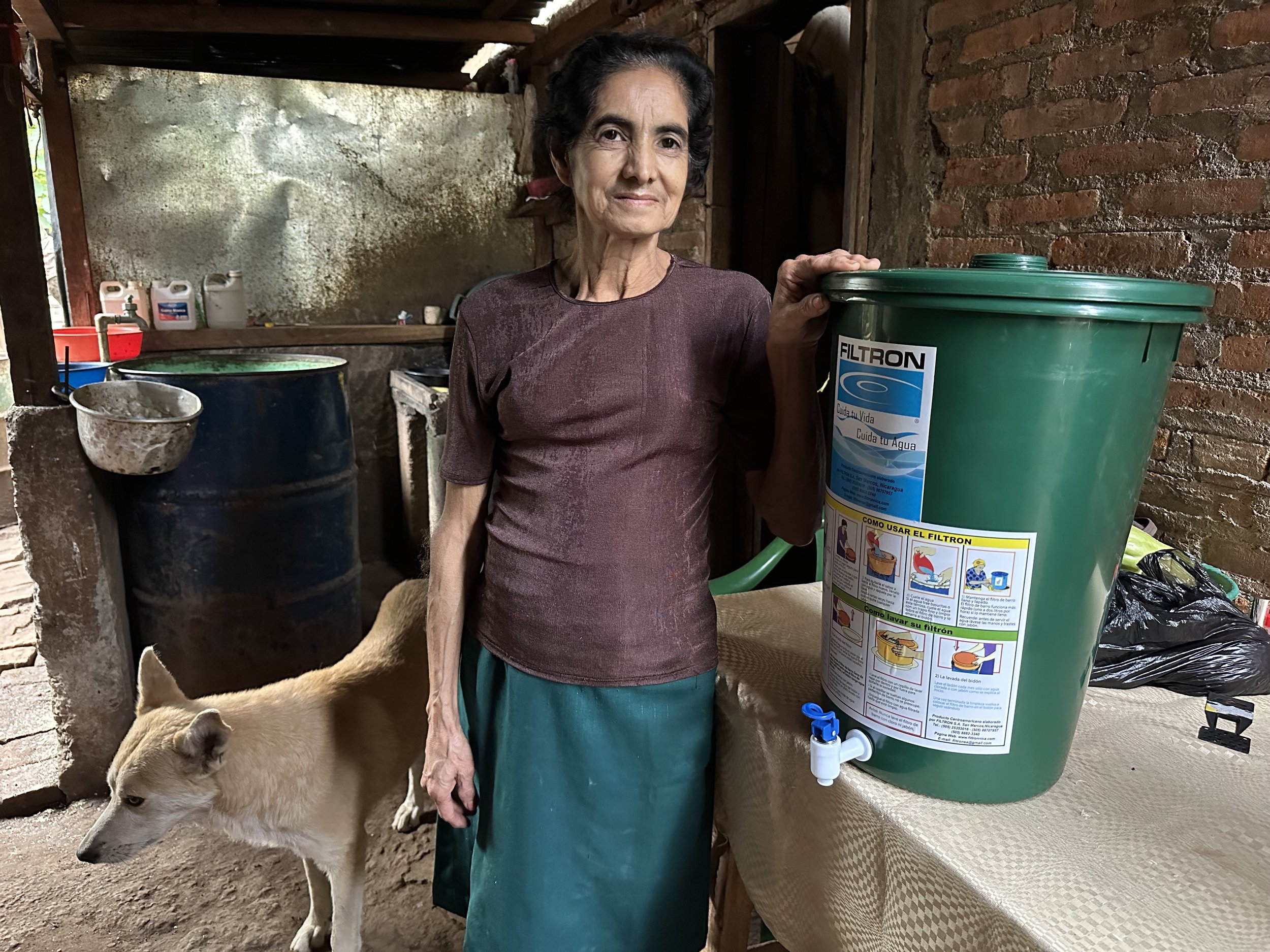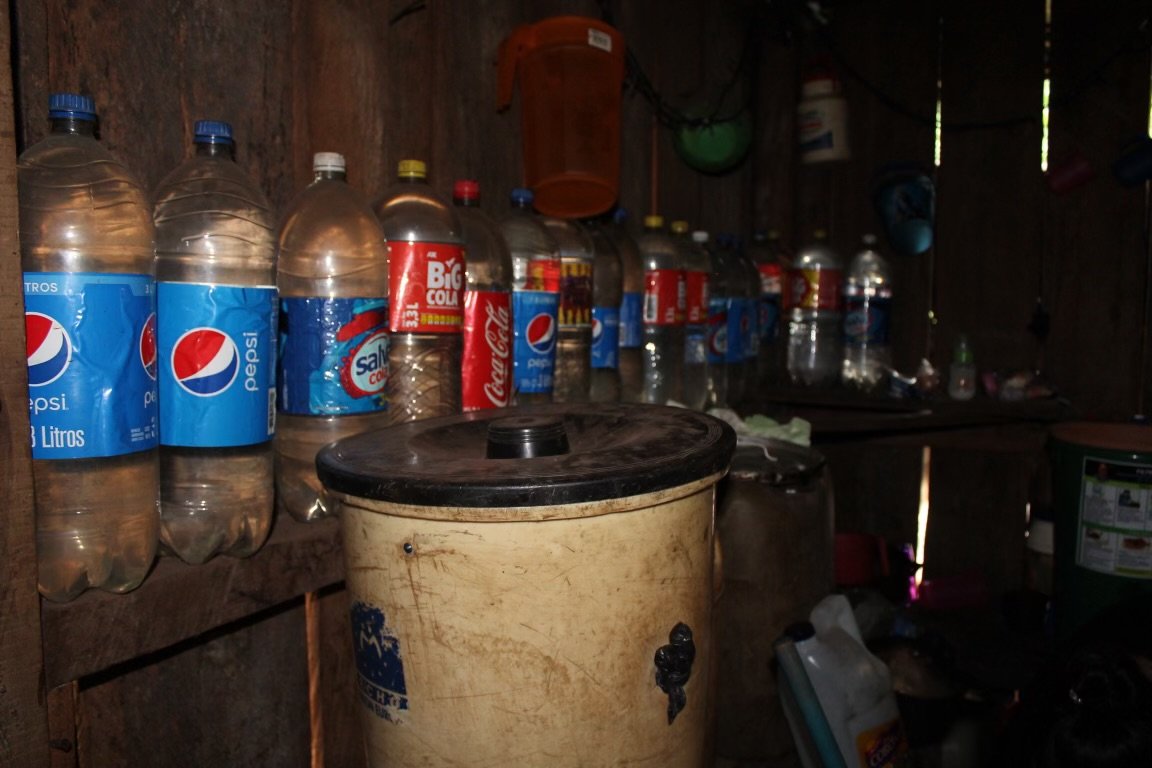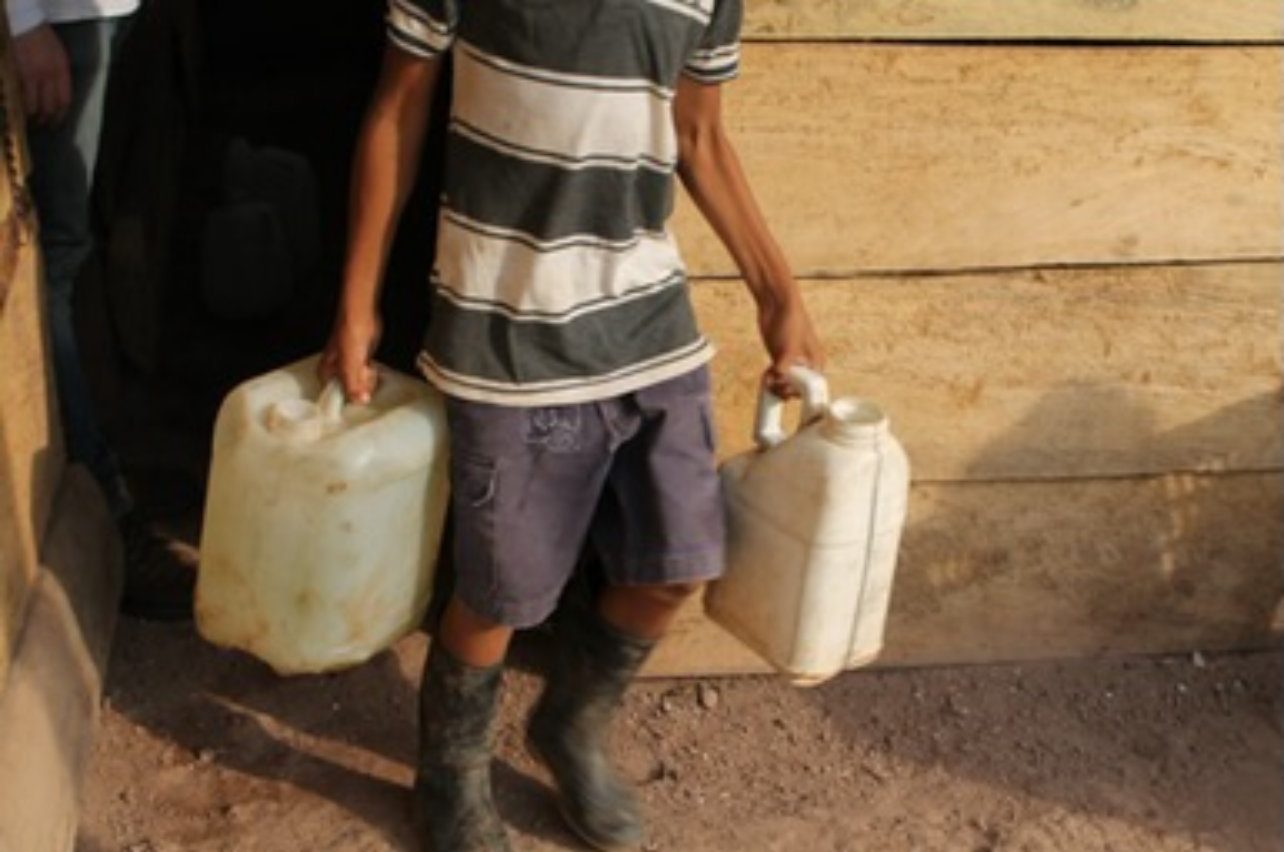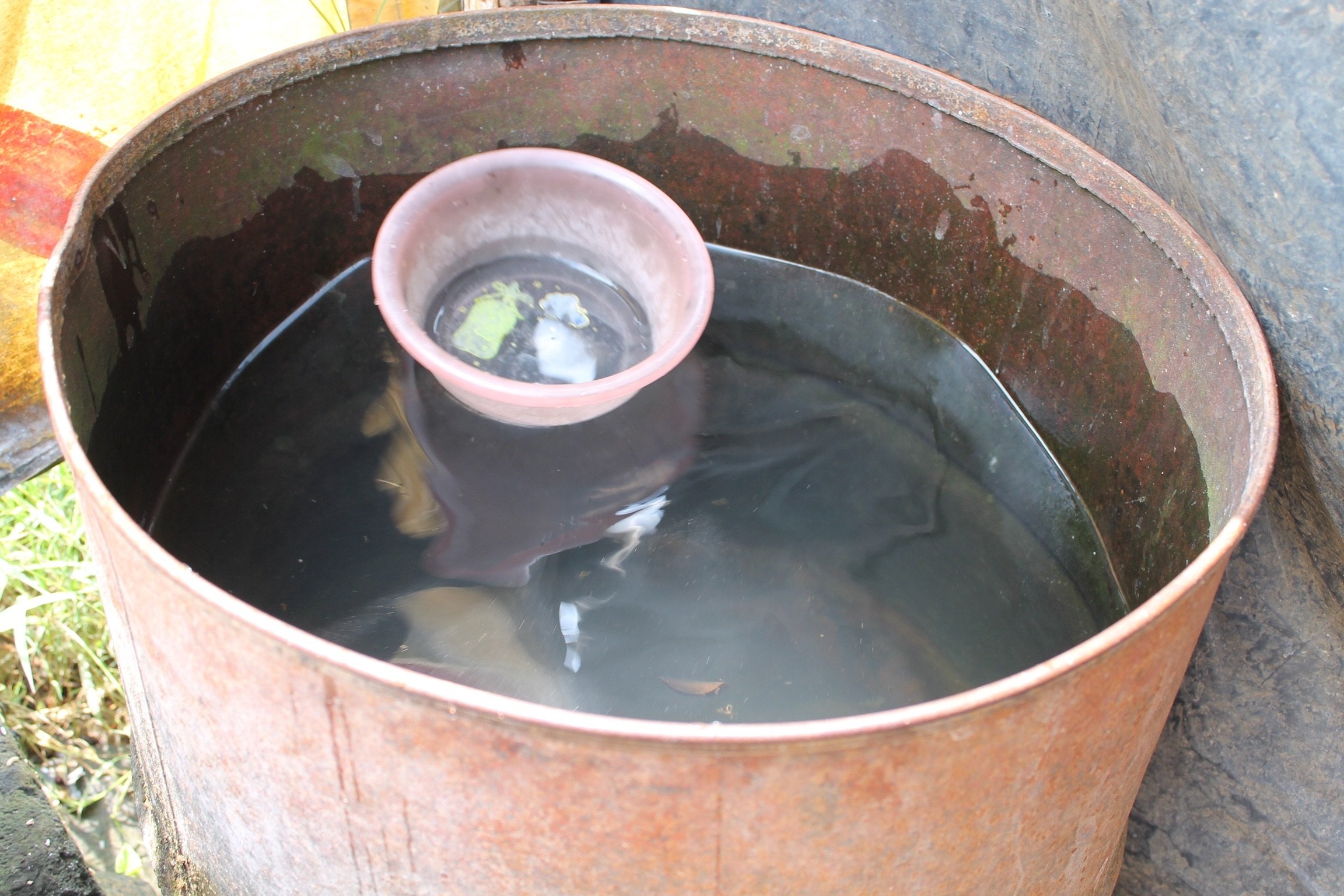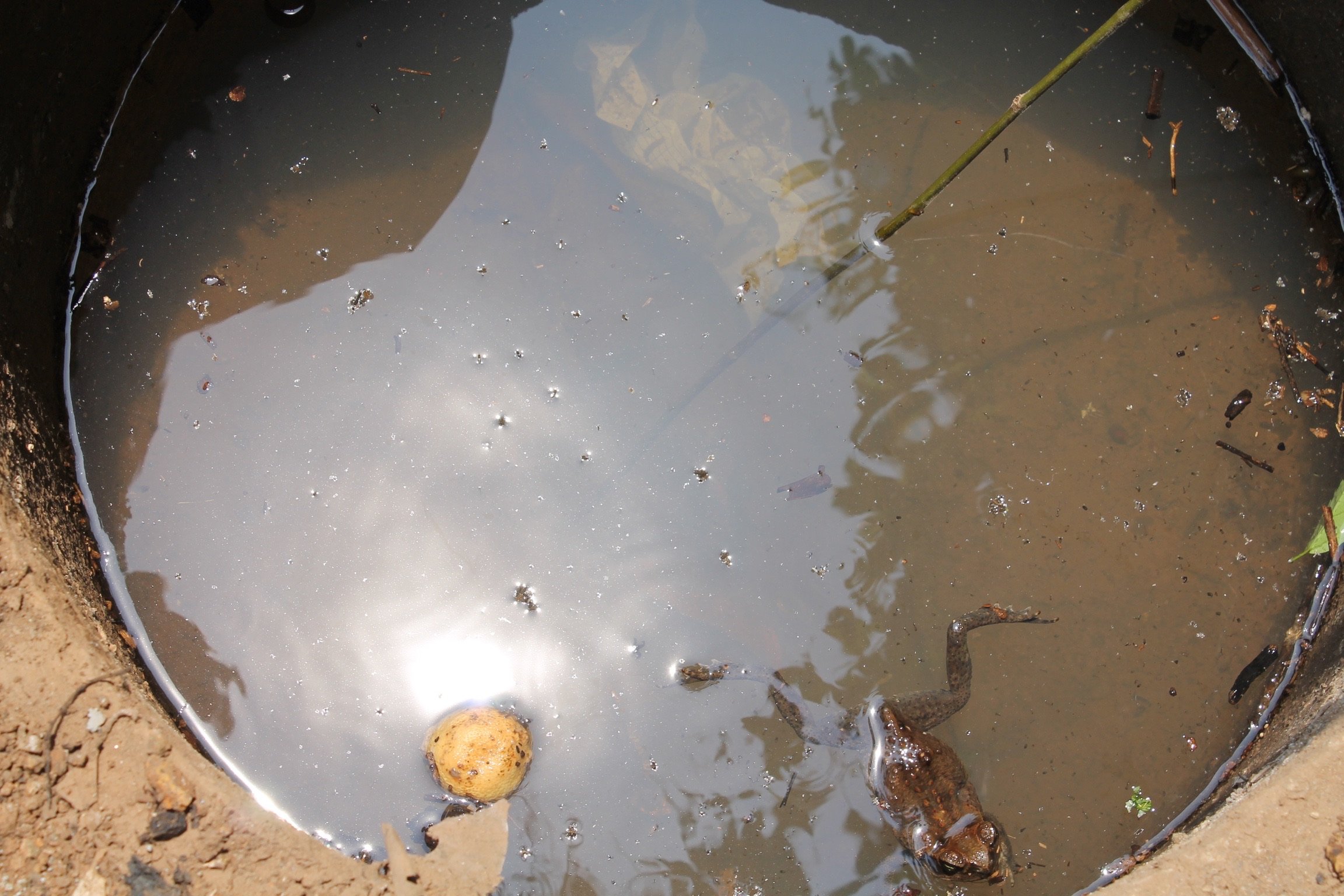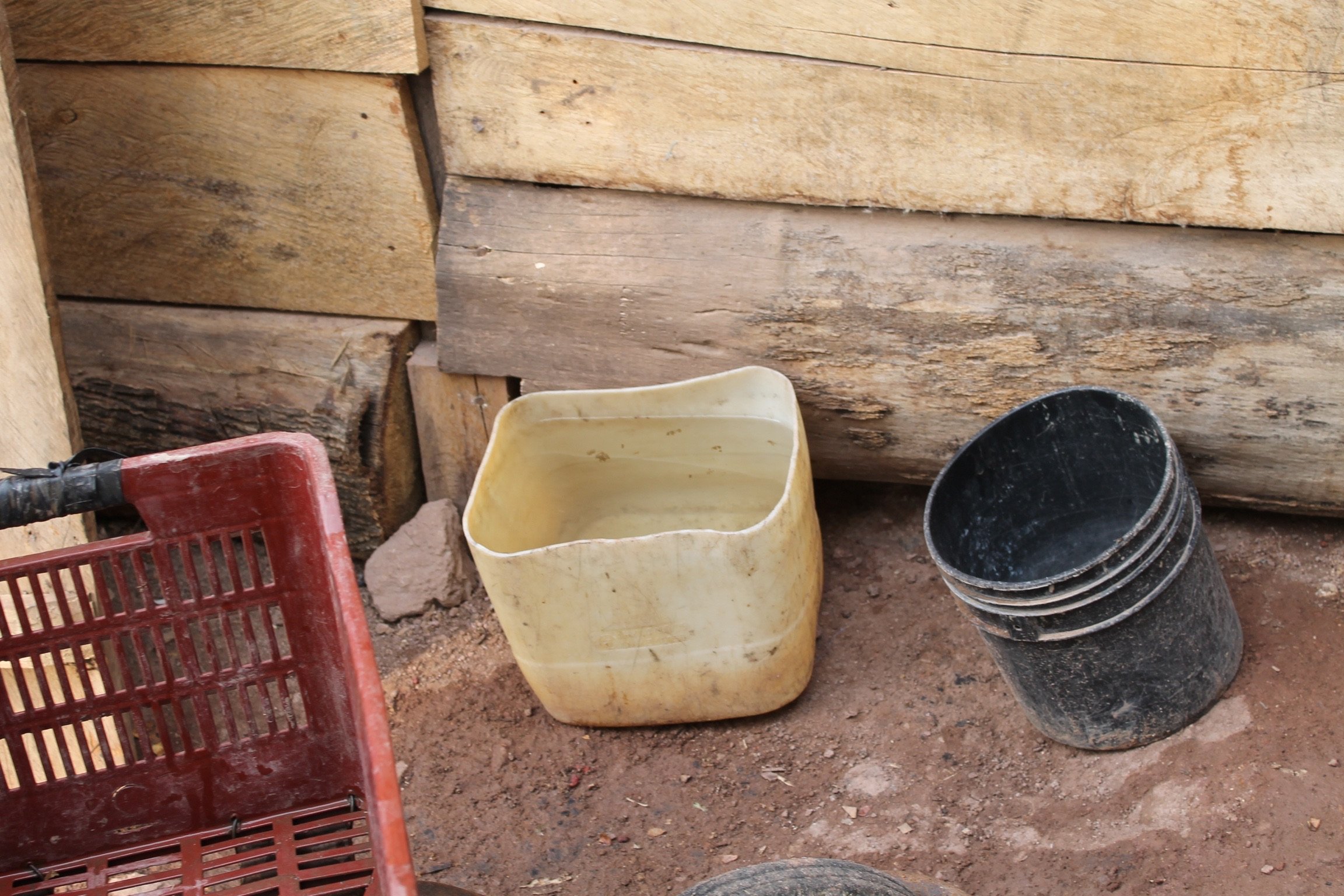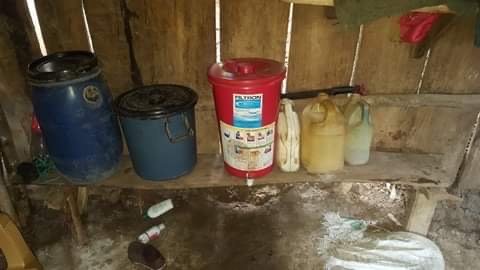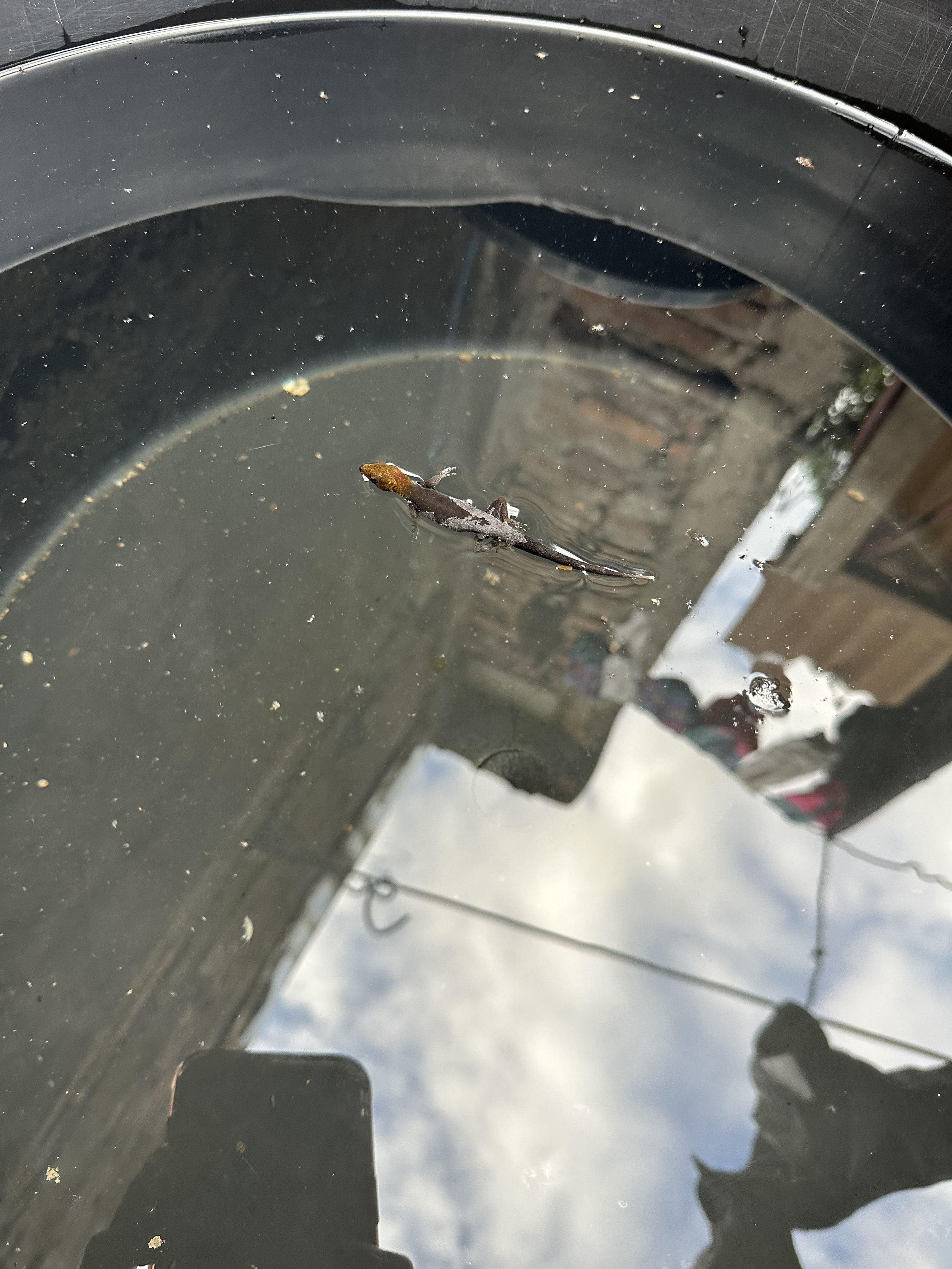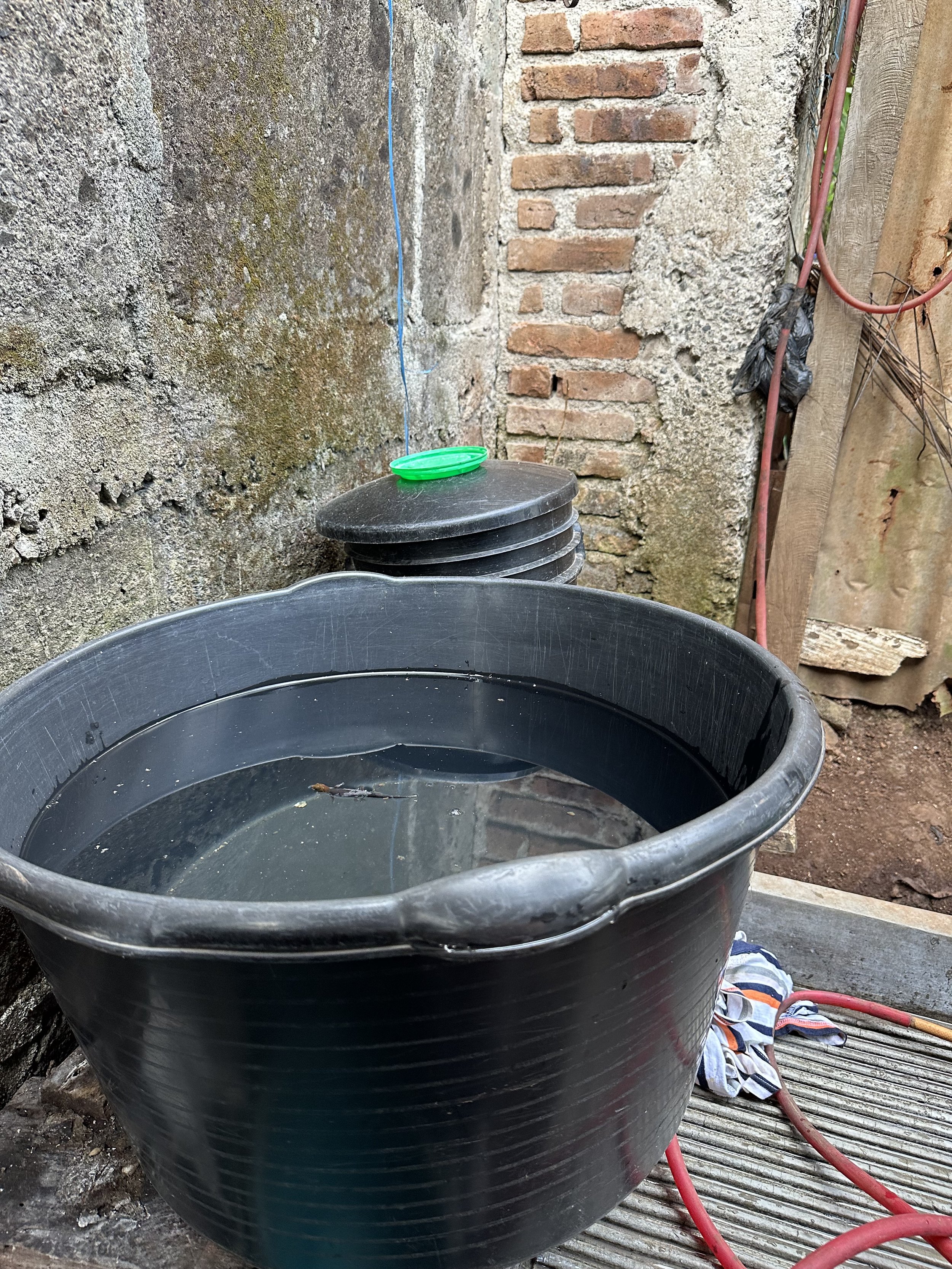
“Nicaragua has grappled with water insecurity for decades... Over one million — nearly one out of five Nicaraguans — do not have access to clean water. ”
-
Water in Nicaragua is subject to several waterborne illnesses including: leptospirosis, giardia, hepatitis A, E. coli, and typhoid. Our filtration system eliminates 99.99% of all waterborne illnesses.
Rural Nicaragua is reported to be “high risk” for major waterborne infectious disesase (CIA.gov, 2023.)
-
Our filtration system also allows for the proper storage of up to 20 liters of clean water. This, accompanied with waterborne illness education provided by OneWater, helps to reduce mosquito borne illness as a result of open air/ unclean water storage.
Rural Nicaragua is reported to be “high risk” for major vectorborne infectious diseases including dengue fever and malaria. (CIA.gov, 2023).
-
Each month, rural families lose $40 (between 15-25% of their wages) to water based costs. Reducing expenses and limiting days missed (at work or school) due to illness allows families to save money.
Increasing access to clean water allows families to save money and creates new economic growth.
Clean Water Changes Lives
“It is estimated that 37.4% of Nicaragua’s rural population relies on unimproved drinking water. This is defined by use of any of the following sources: unprotected dug well; unprotected spring; cart with small tank or drum; tanker truck; surface water, which includes rivers, dams, lakes, ponds, streams, canals or irrigation channels; or bottled water.”
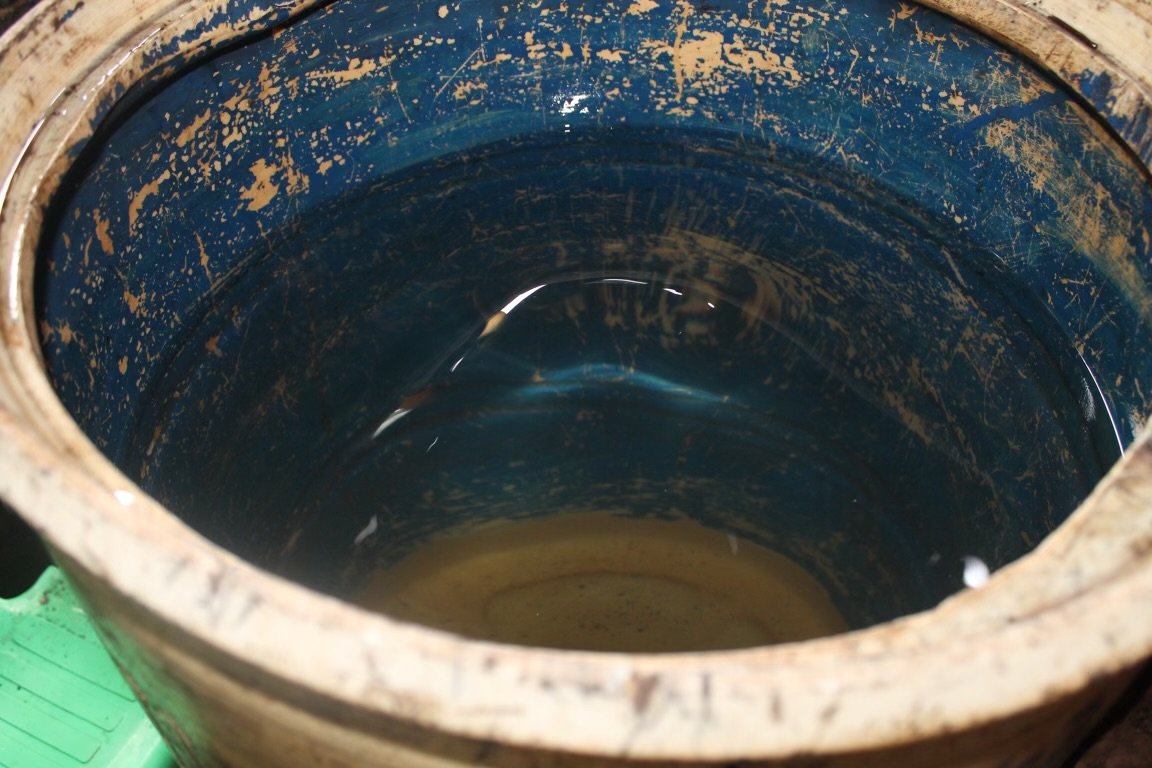
Water Access
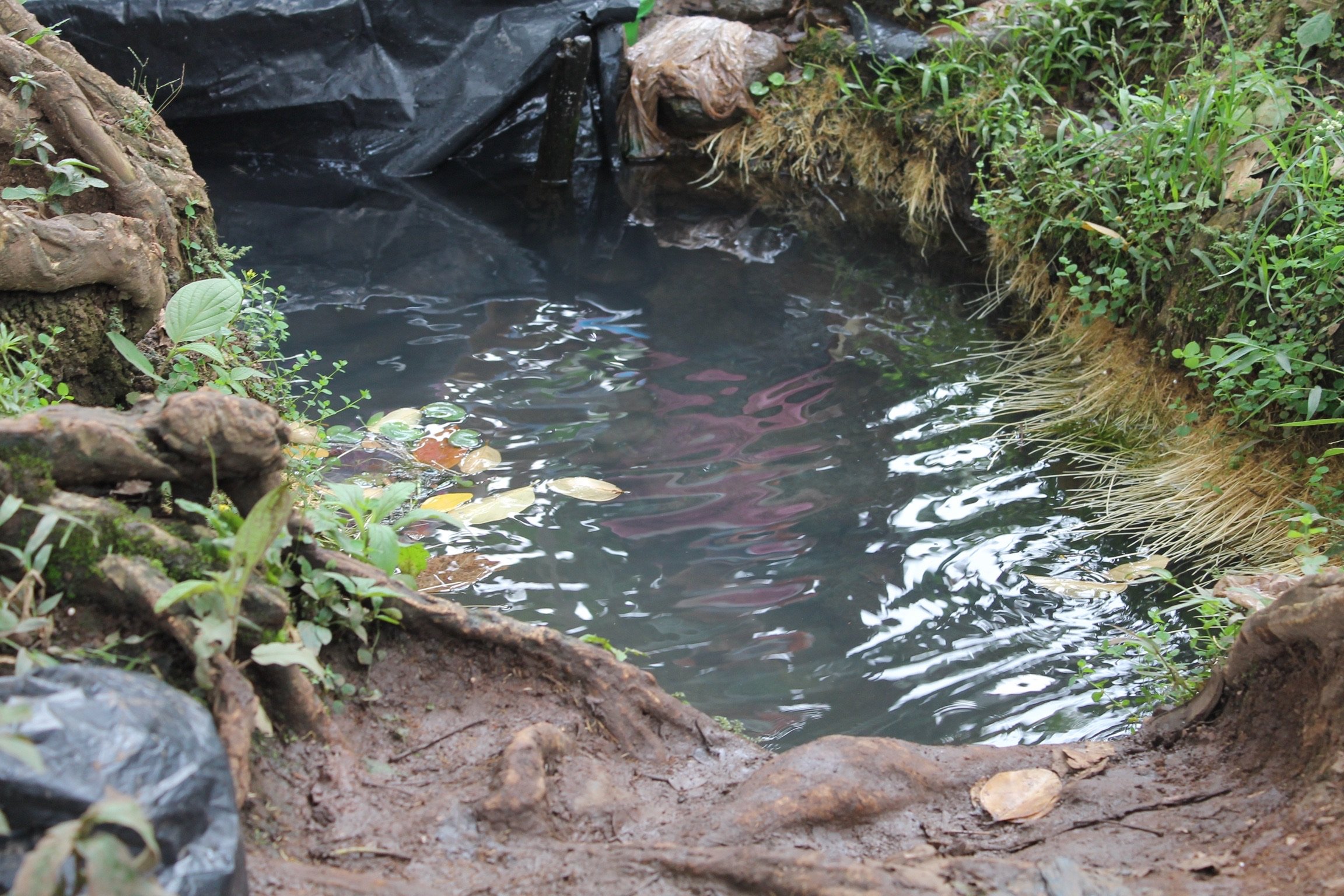
“Rural communities in Nicaragua lack the necessary infrastructure that allows for safe water collection, storage, and distribution. Water is typically gathered by hand from uncovered wells, ponds, rivers, or community spigots and stored in containers in homes. Water storage can pose illness risk due to the open and stagnant nature.”
Our Filter Recipients:
50% Well or River
50% of our filter recipients obtain their water via community uncovered wells, ponds, or rivers near their homes. These sources are contaminated by environmental pollutants (mining/agriculture), biological contaminants (insects/ animals) and overflow from community latrines.
50% Municipal Water Sources
The remaining 50% of our filter recipients obtain their water via municipal water spigots at or near their homes. Municipal water sources are often unpredictable, leaving running-water access to only 3-4 days per week. Often times, this source is as contaminated as natural water sources.
Water Storage
Families store their water in containers, buckets, and basins. They are often un-covered and further contaminated by insects, pests, and animals. Our filters allow families to safely store up to 20 liters of clean water in a closed container! This, accompanied with waterborne illness education provided by OneWater, helps to reduce mosquito borne illness as a result of open air/ unclean water storage.
“Every $1 invested in clean water yields $4-12 in economic returns.”

